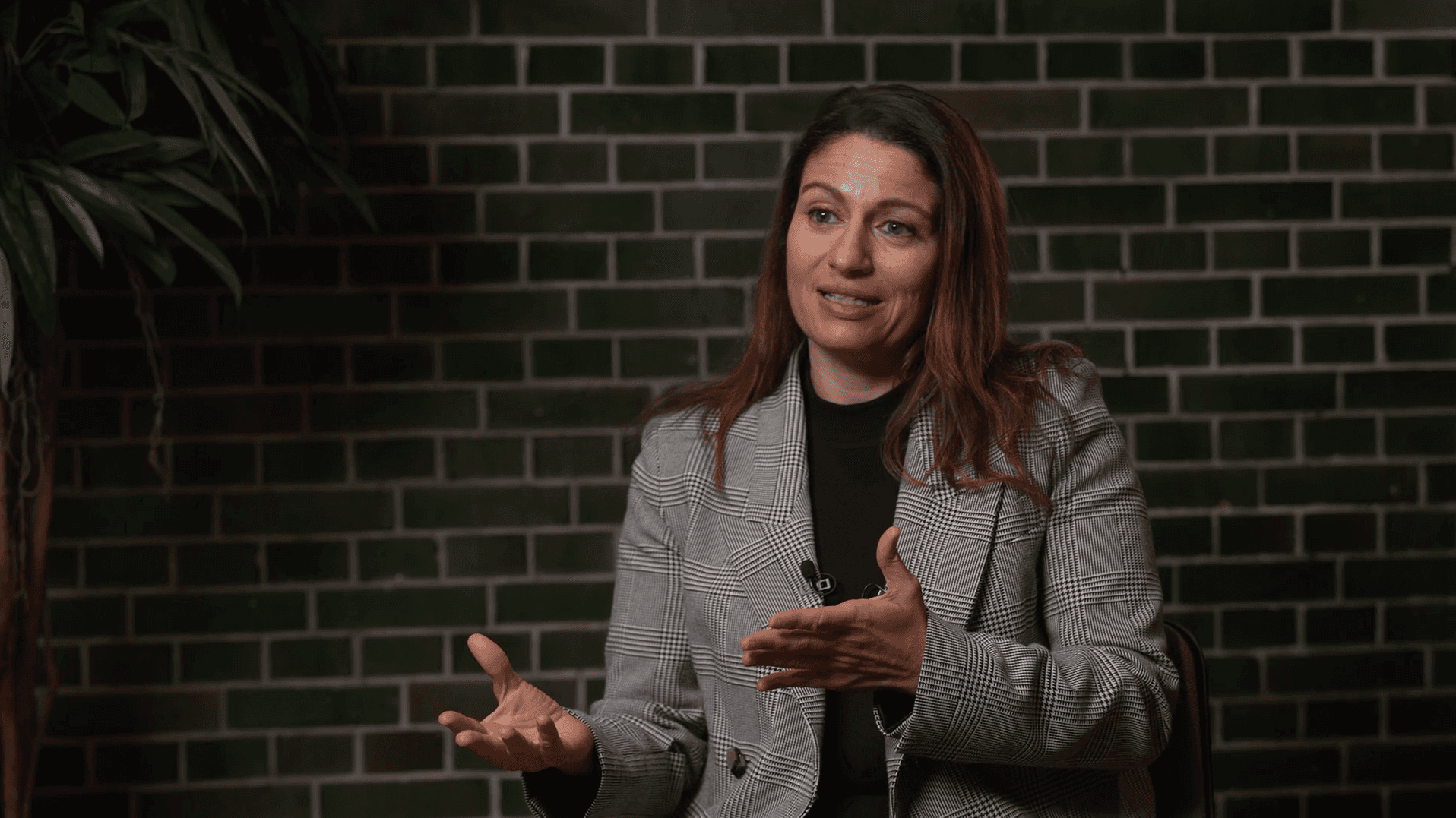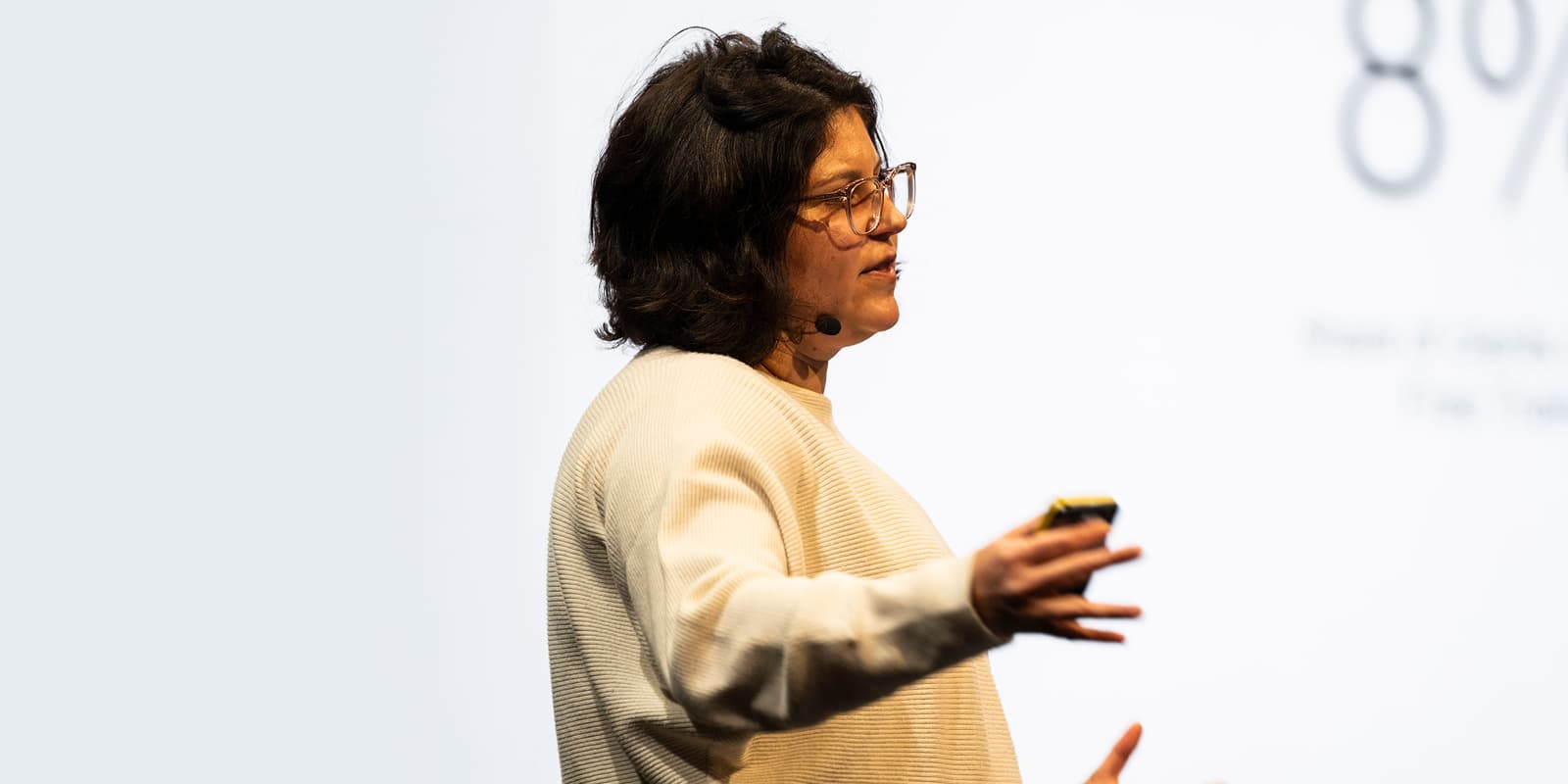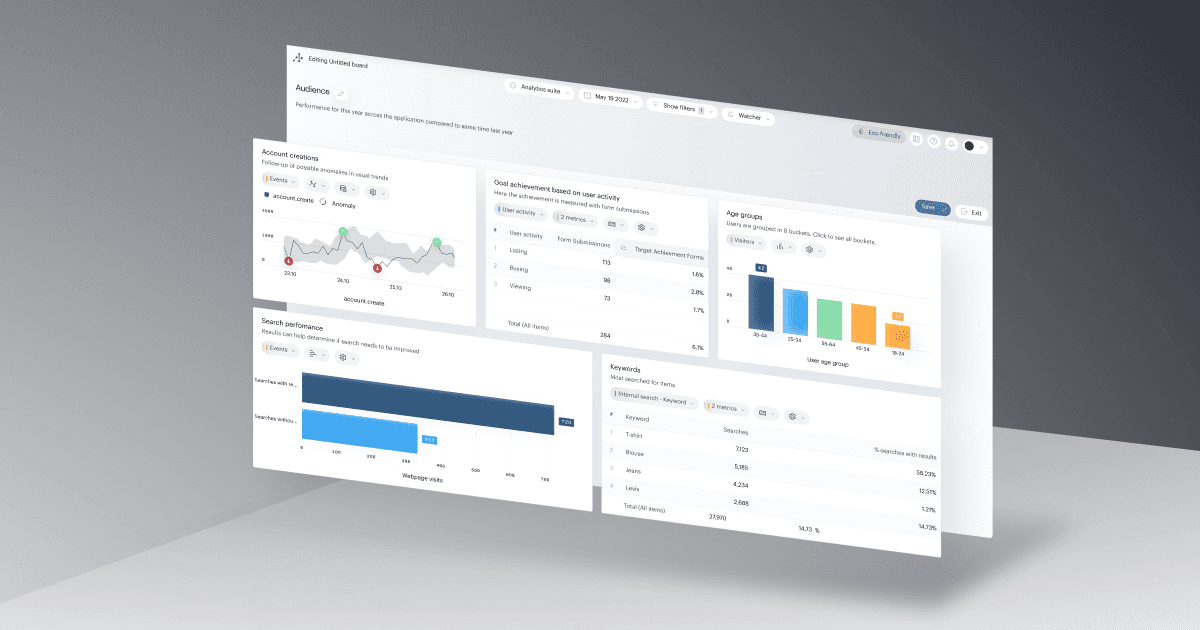
The five data privacy principles every business needs to understand to run a GDPR-compliant analytics

June 27, 2025

Kathimerini Boosts Engagement and Subscription Growth Through Strategic Newsletter Transformation

June 24, 2025

How Piano Analytics created a data-driven culture at Rabobank

June 17, 2025

The Paid Social Playbook | 2025 Strategies for Publishers

June 6, 2025

The State of Social Media Marketing for Publishers

May 15, 2025

How Relevant Digital uses Piano & ID5 to drive cookieless audience ad targeting

May 14, 2025

Piano is the first in Digital Analytics to achieve a GDPR certification through Europrivacy ™ᐟ®

April 15, 2025

Piano Academy returns to Paris, registration now open

April 13, 2025

How the BBC Turns Data into a Shared Strategic Asset

March 26, 2025

Tackling churn: Active prevention and smart recovery strategies

February 20, 2025

El Mundo Boosts Subscribers by 60% with Piano’s Dynamic Paywall

January 28, 2025

7 Tech Trends to Watch in 2025

January 21, 2025

Piano Academy Live 2024 Unplugged

December 20, 2024

Beyond Benchmarks: Drive Subscription Growth in 2025

December 2, 2024

Audience segmentation, dynamic paywalls unlock nuanced revenue strategy

November 30, 2024

Piano Subscription Performance Benchmarks 2024

November 26, 2024

How publishers empower teams for data activation

October 30, 2024

Boost your content strategy with data-driven Content Profiles

October 23, 2024

Piano Lessons: How to unlock data access with Workspaces

October 8, 2024

Unlocking total revenue optimization in eastern european news media

October 4, 2024

Blick (Ringier Media Switzerland) retains 7% of subscriber cancellations using Piano’s active churn prevention

October 2, 2024

Piano Lessons: Improve your subscriber retention with Piano’s Active Churn Prevention

September 11, 2024

Piano Lessons: Learn how to integrate and optimize Ad Performance with Piano Analytics

July 10, 2024

Achieving data excellence: transforming data into your competitive advantage

July 2, 2024
Load more

The five data privacy principles every business needs to understand to run a GDPR-compliant analytics

June 27, 2025

Kathimerini Boosts Engagement and Subscription Growth Through Strategic Newsletter Transformation

June 24, 2025

How Piano Analytics created a data-driven culture at Rabobank

June 17, 2025

The Paid Social Playbook | 2025 Strategies for Publishers

June 6, 2025

The State of Social Media Marketing for Publishers

May 15, 2025

How Relevant Digital uses Piano & ID5 to drive cookieless audience ad targeting

May 14, 2025

Piano is the first in Digital Analytics to achieve a GDPR certification through Europrivacy ™ᐟ®

April 15, 2025

Piano Academy returns to Paris, registration now open

April 13, 2025

How the BBC Turns Data into a Shared Strategic Asset

March 26, 2025

Tackling churn: Active prevention and smart recovery strategies

February 20, 2025

El Mundo Boosts Subscribers by 60% with Piano’s Dynamic Paywall

January 28, 2025

7 Tech Trends to Watch in 2025

January 21, 2025

Piano Academy Live 2024 Unplugged

December 20, 2024

Beyond Benchmarks: Drive Subscription Growth in 2025

December 2, 2024

Audience segmentation, dynamic paywalls unlock nuanced revenue strategy

November 30, 2024

Piano Subscription Performance Benchmarks 2024

November 26, 2024

How publishers empower teams for data activation

October 30, 2024

Boost your content strategy with data-driven Content Profiles

October 23, 2024

Piano Lessons: How to unlock data access with Workspaces

October 8, 2024

Unlocking total revenue optimization in eastern european news media

October 4, 2024

Blick (Ringier Media Switzerland) retains 7% of subscriber cancellations using Piano’s active churn prevention

October 2, 2024

Piano Lessons: Improve your subscriber retention with Piano’s Active Churn Prevention

September 11, 2024

Piano Lessons: Learn how to integrate and optimize Ad Performance with Piano Analytics

July 10, 2024

Achieving data excellence: transforming data into your competitive advantage

July 2, 2024
Load more

The five data privacy principles every business needs to understand to run a GDPR-compliant analytics

June 27, 2025

Kathimerini Boosts Engagement and Subscription Growth Through Strategic Newsletter Transformation

June 24, 2025

How Piano Analytics created a data-driven culture at Rabobank

June 17, 2025

The Paid Social Playbook | 2025 Strategies for Publishers

June 6, 2025

The State of Social Media Marketing for Publishers

May 15, 2025

How Relevant Digital uses Piano & ID5 to drive cookieless audience ad targeting

May 14, 2025

Piano is the first in Digital Analytics to achieve a GDPR certification through Europrivacy ™ᐟ®

April 15, 2025

Piano Academy returns to Paris, registration now open

April 13, 2025

How the BBC Turns Data into a Shared Strategic Asset

March 26, 2025

Tackling churn: Active prevention and smart recovery strategies

February 20, 2025

El Mundo Boosts Subscribers by 60% with Piano’s Dynamic Paywall

January 28, 2025

7 Tech Trends to Watch in 2025

January 21, 2025

Piano Academy Live 2024 Unplugged

December 20, 2024

Beyond Benchmarks: Drive Subscription Growth in 2025

December 2, 2024

Audience segmentation, dynamic paywalls unlock nuanced revenue strategy

November 30, 2024

Piano Subscription Performance Benchmarks 2024

November 26, 2024

How publishers empower teams for data activation

October 30, 2024

Boost your content strategy with data-driven Content Profiles

October 23, 2024

Piano Lessons: How to unlock data access with Workspaces

October 8, 2024

Unlocking total revenue optimization in eastern european news media

October 4, 2024

Blick (Ringier Media Switzerland) retains 7% of subscriber cancellations using Piano’s active churn prevention

October 2, 2024

Piano Lessons: Improve your subscriber retention with Piano’s Active Churn Prevention

September 11, 2024

Piano Lessons: Learn how to integrate and optimize Ad Performance with Piano Analytics

July 10, 2024

Achieving data excellence: transforming data into your competitive advantage

July 2, 2024
Load more

The five data privacy principles every business needs to understand to run a GDPR-compliant analytics

June 27, 2025

Kathimerini Boosts Engagement and Subscription Growth Through Strategic Newsletter Transformation

June 24, 2025

How Piano Analytics created a data-driven culture at Rabobank

June 17, 2025

The Paid Social Playbook | 2025 Strategies for Publishers

June 6, 2025

The State of Social Media Marketing for Publishers

May 15, 2025

How Relevant Digital uses Piano & ID5 to drive cookieless audience ad targeting

May 14, 2025

Piano is the first in Digital Analytics to achieve a GDPR certification through Europrivacy ™ᐟ®

April 15, 2025

Piano Academy returns to Paris, registration now open

April 13, 2025

How the BBC Turns Data into a Shared Strategic Asset

March 26, 2025

Tackling churn: Active prevention and smart recovery strategies

February 20, 2025

El Mundo Boosts Subscribers by 60% with Piano’s Dynamic Paywall

January 28, 2025

7 Tech Trends to Watch in 2025

January 21, 2025

Piano Academy Live 2024 Unplugged

December 20, 2024

Beyond Benchmarks: Drive Subscription Growth in 2025

December 2, 2024

Audience segmentation, dynamic paywalls unlock nuanced revenue strategy

November 30, 2024

Piano Subscription Performance Benchmarks 2024

November 26, 2024

How publishers empower teams for data activation

October 30, 2024

Boost your content strategy with data-driven Content Profiles

October 23, 2024

Piano Lessons: How to unlock data access with Workspaces

October 8, 2024

Unlocking total revenue optimization in eastern european news media

October 4, 2024

Blick (Ringier Media Switzerland) retains 7% of subscriber cancellations using Piano’s active churn prevention

October 2, 2024

Piano Lessons: Improve your subscriber retention with Piano’s Active Churn Prevention

September 11, 2024

Piano Lessons: Learn how to integrate and optimize Ad Performance with Piano Analytics

July 10, 2024

Achieving data excellence: transforming data into your competitive advantage

July 2, 2024
Load more